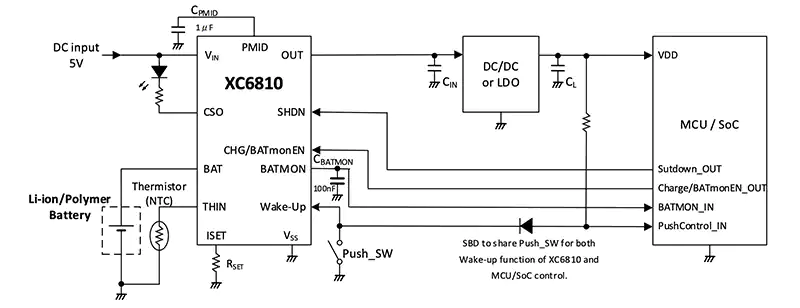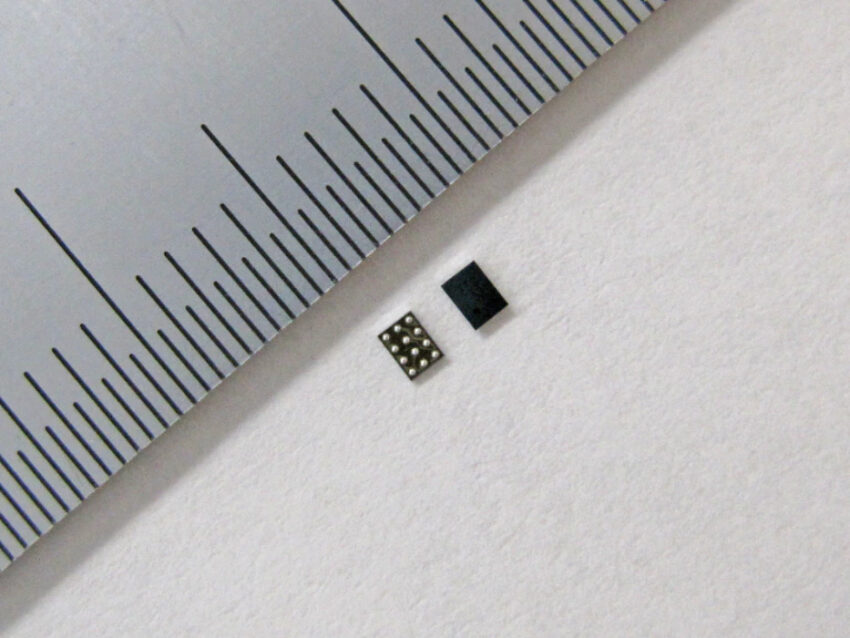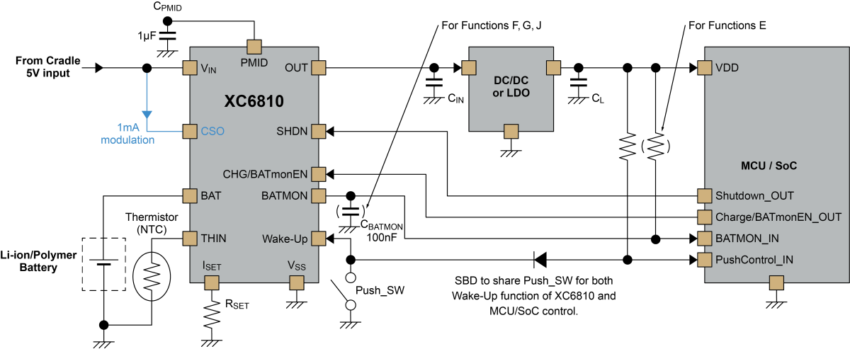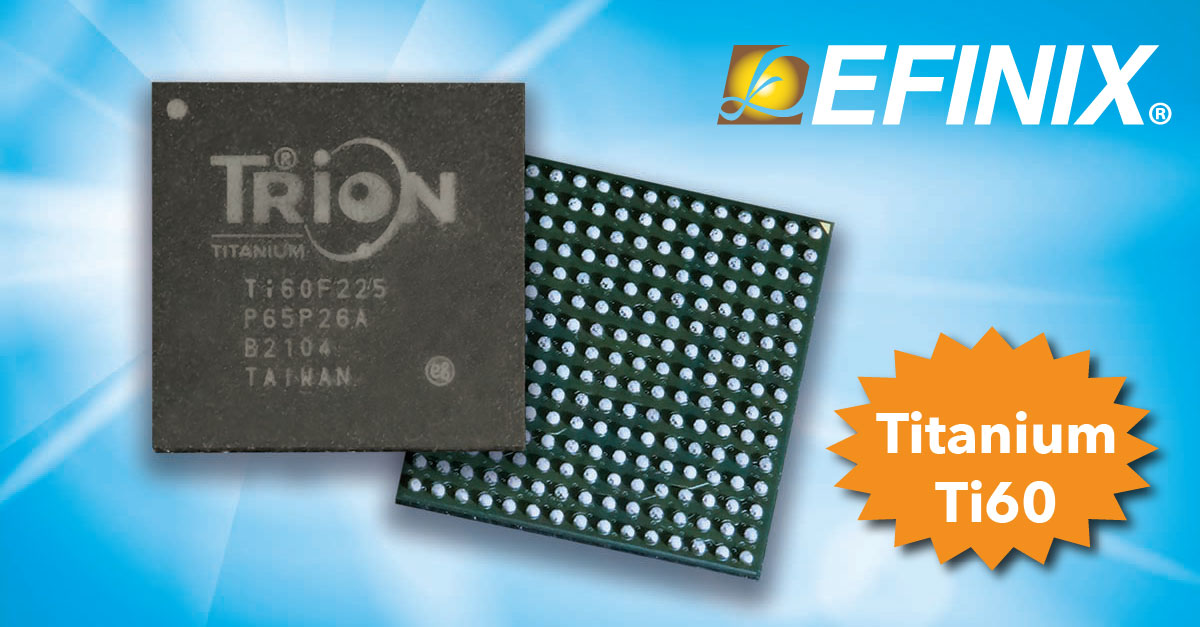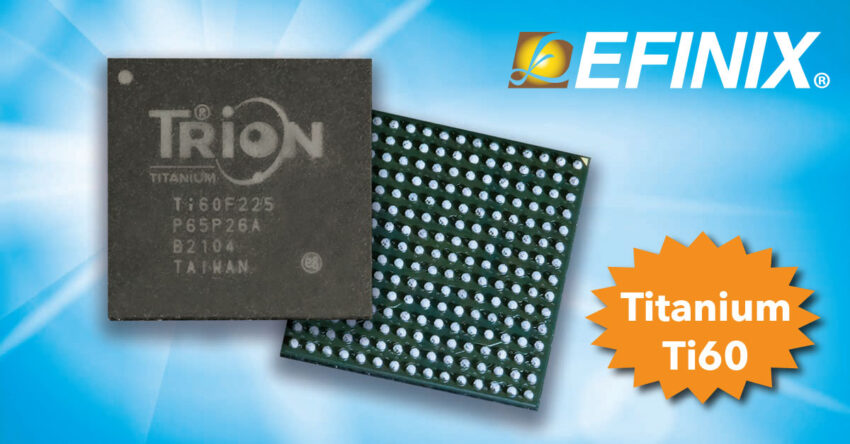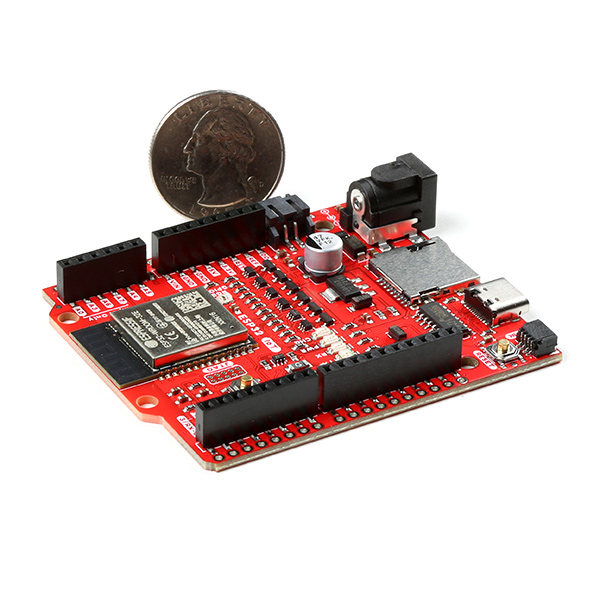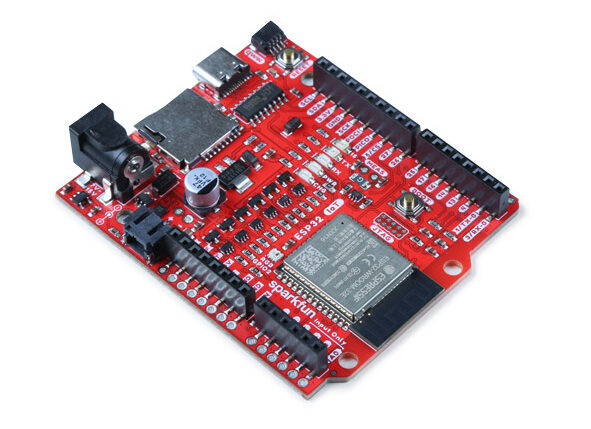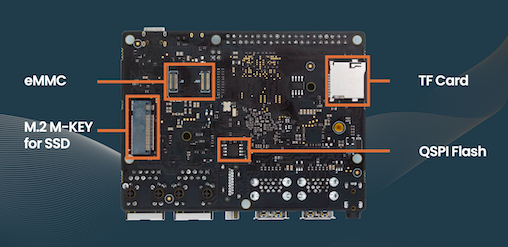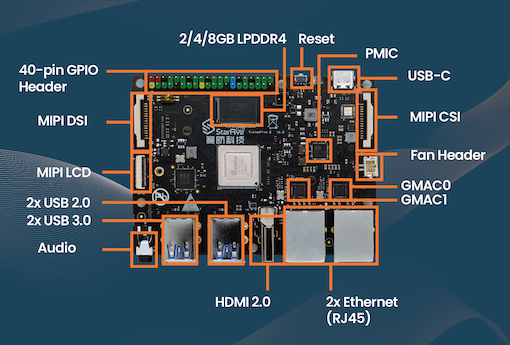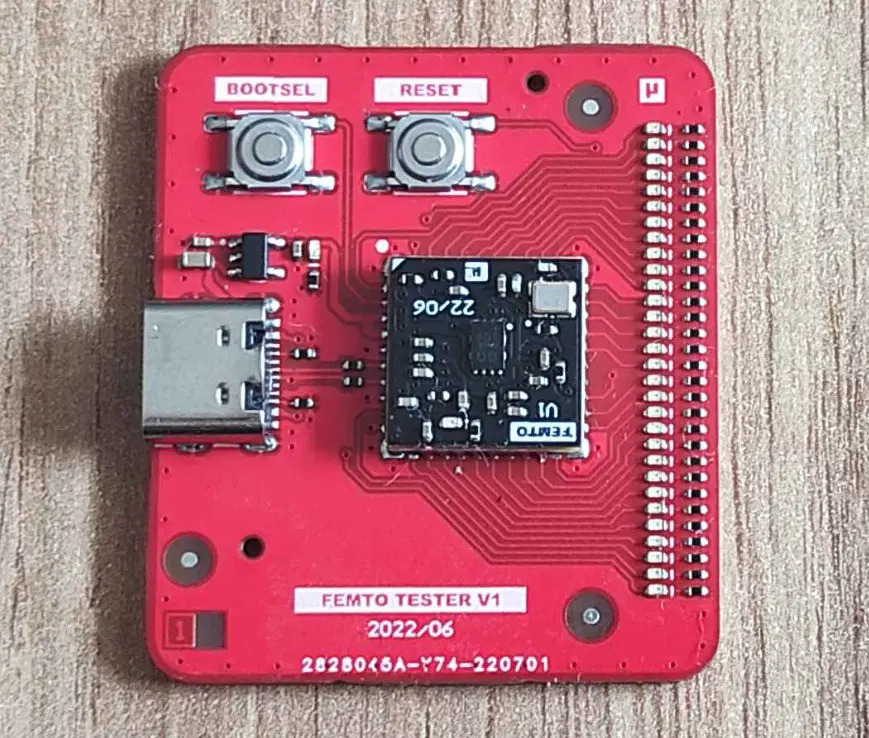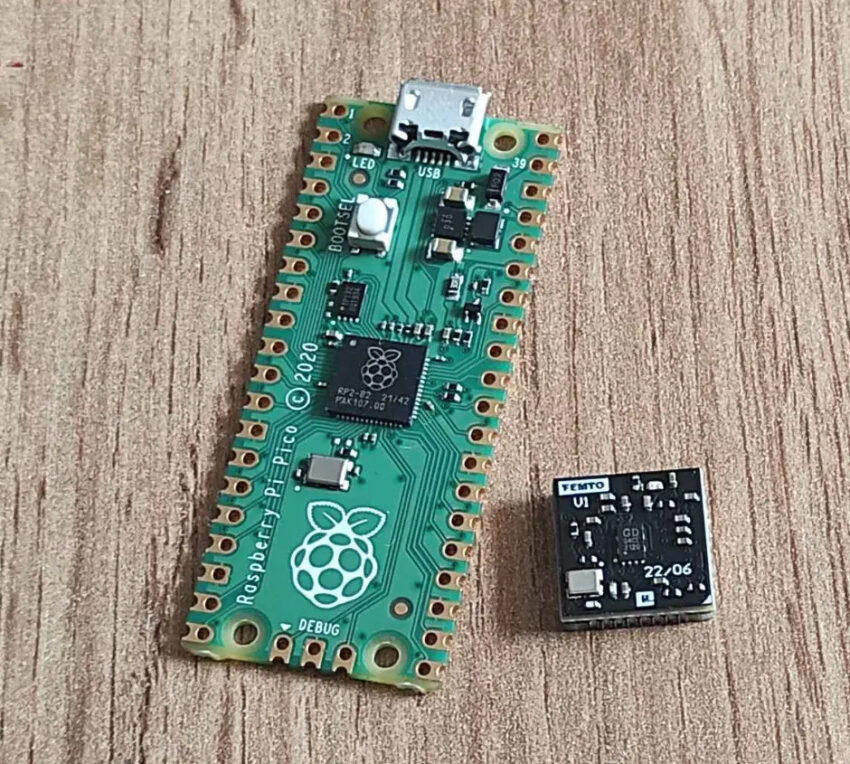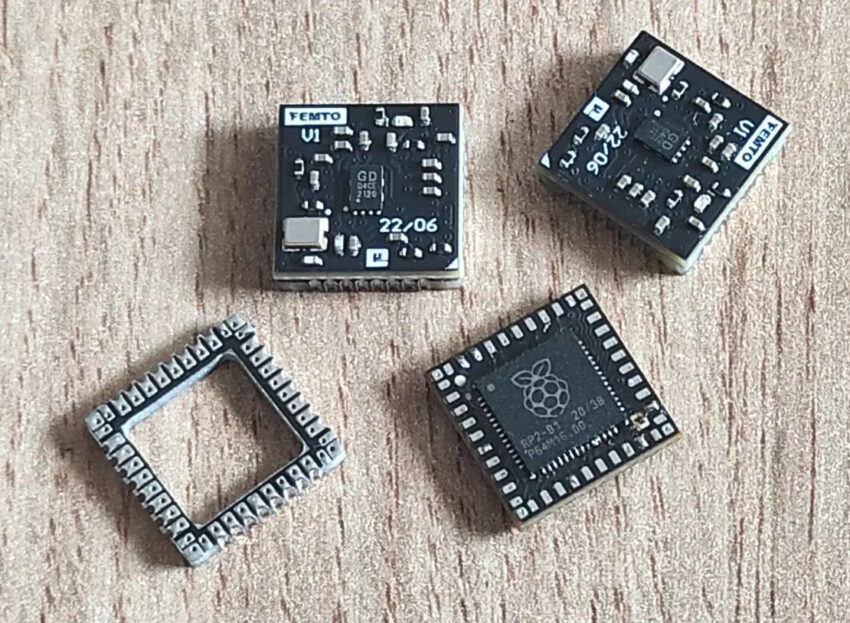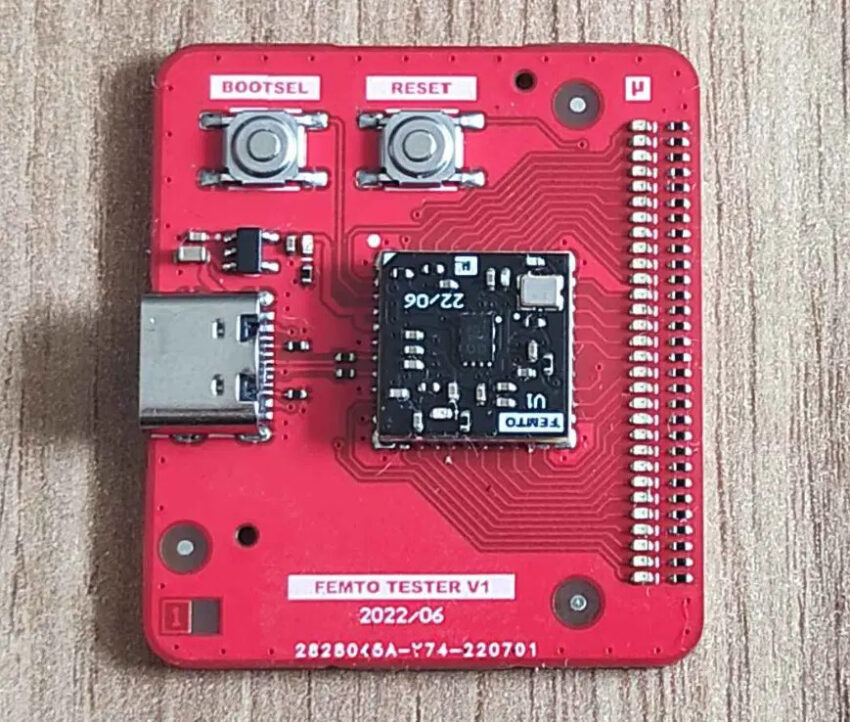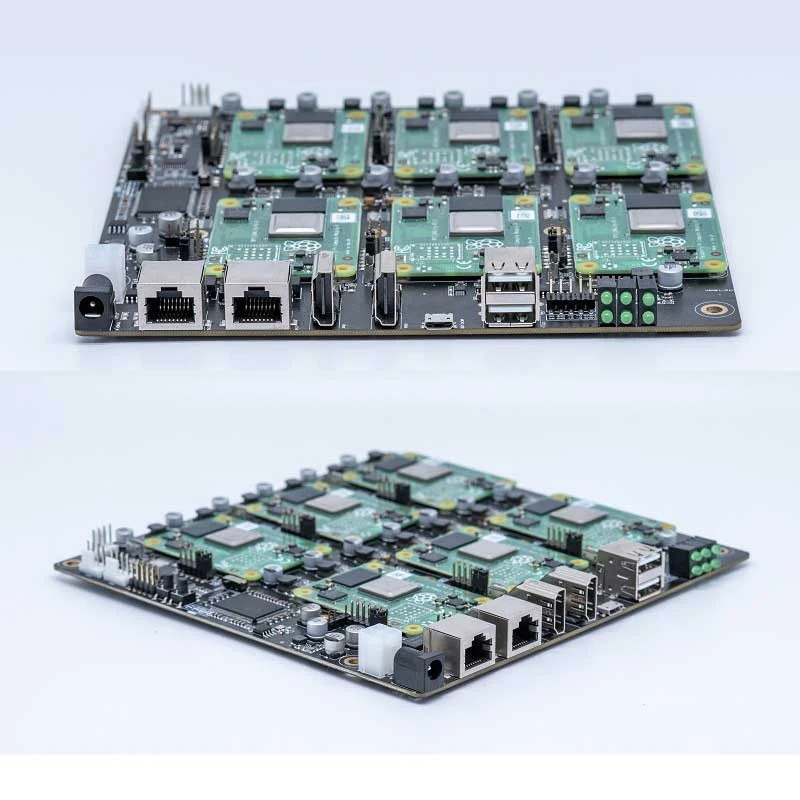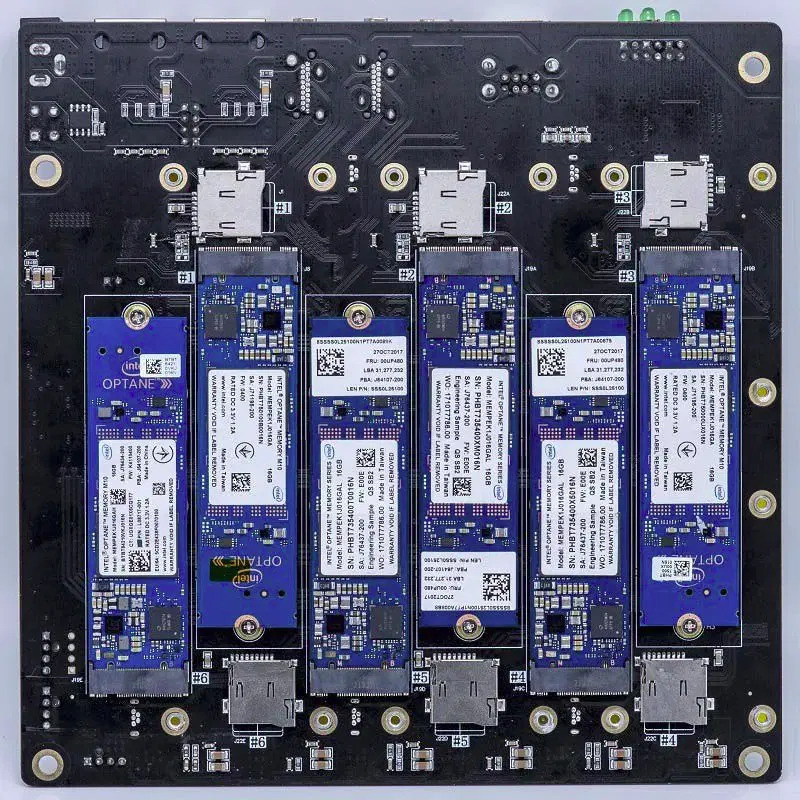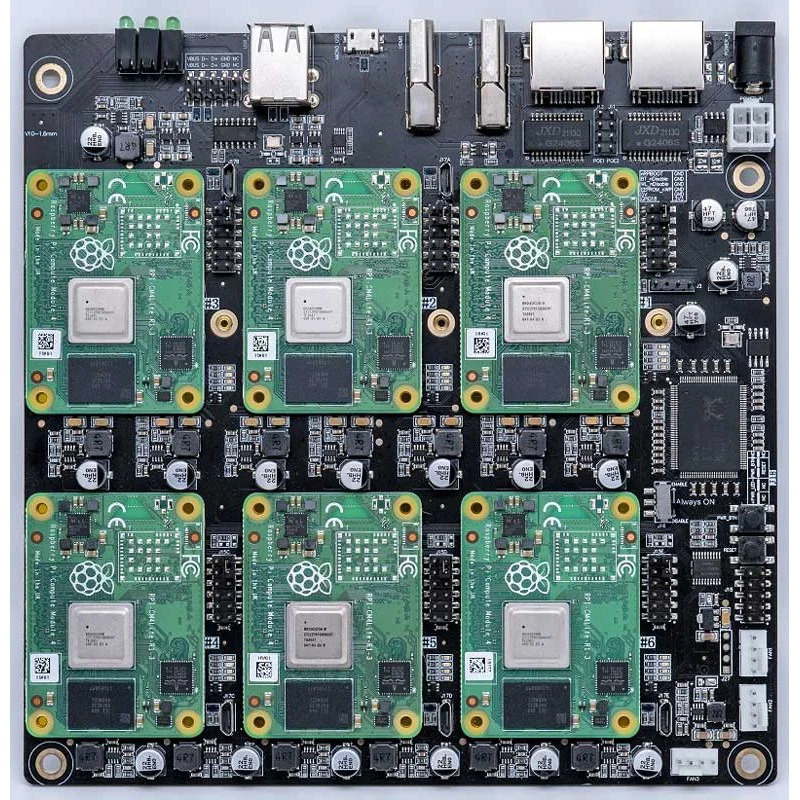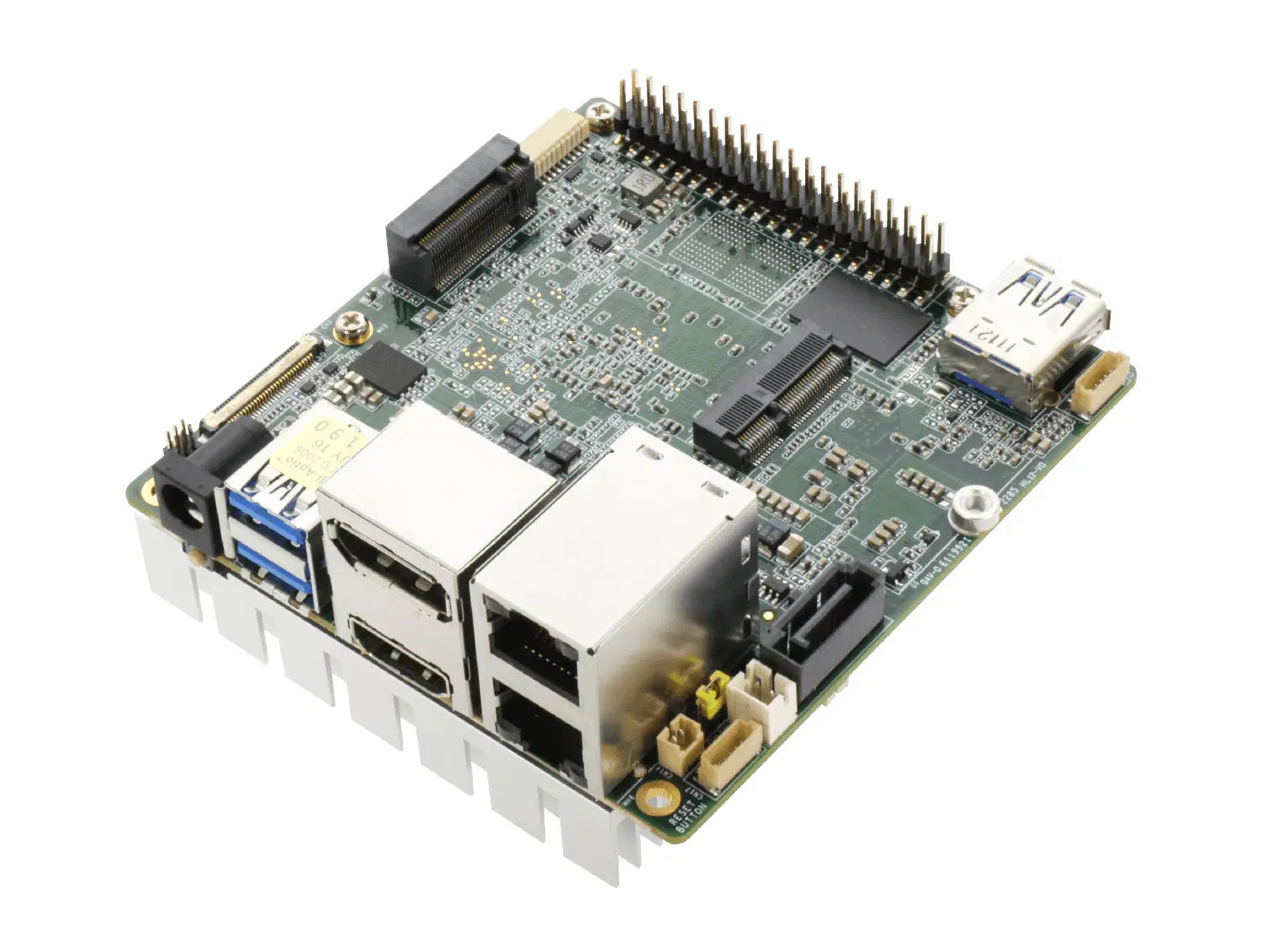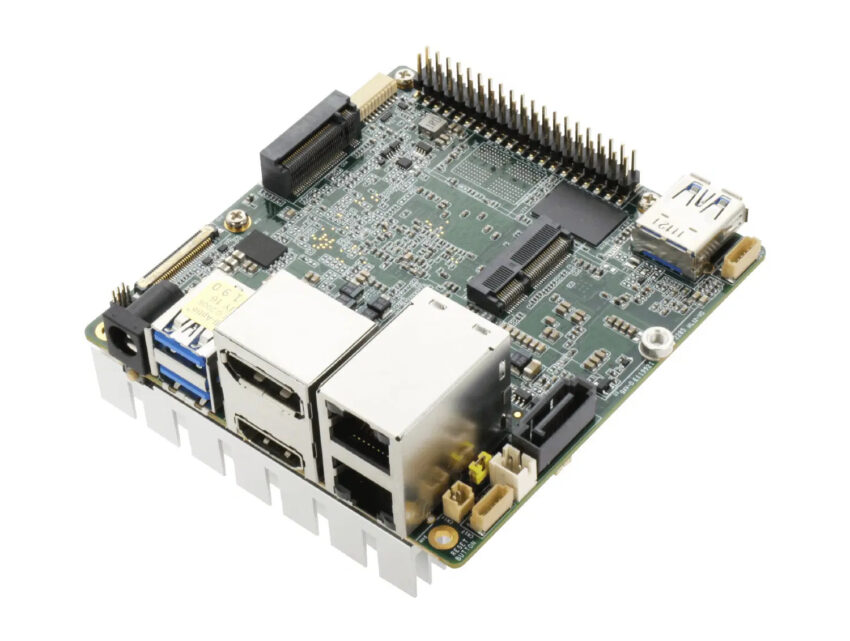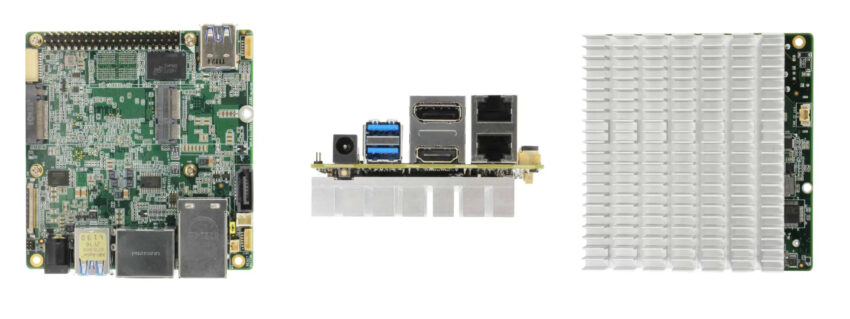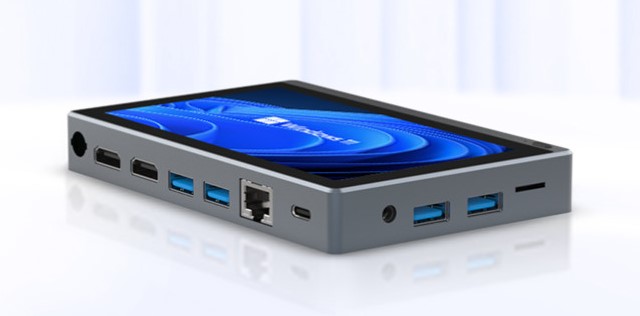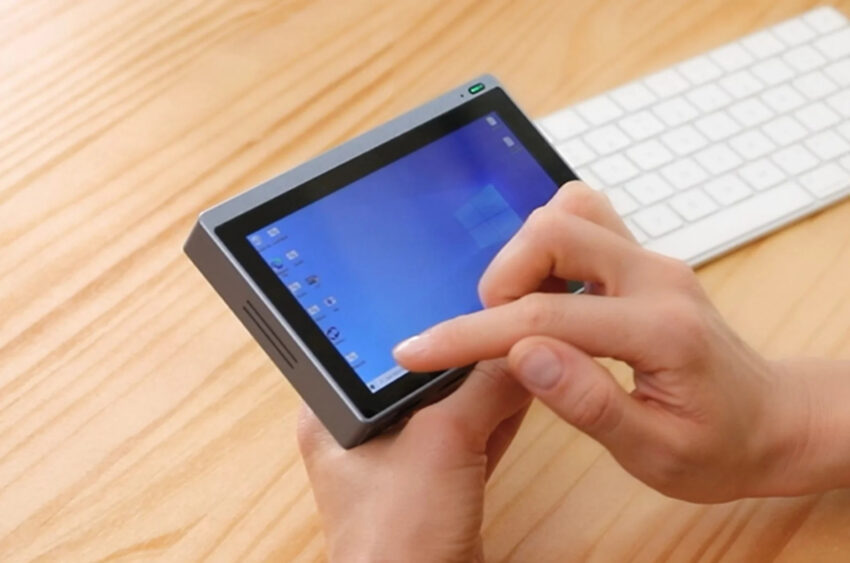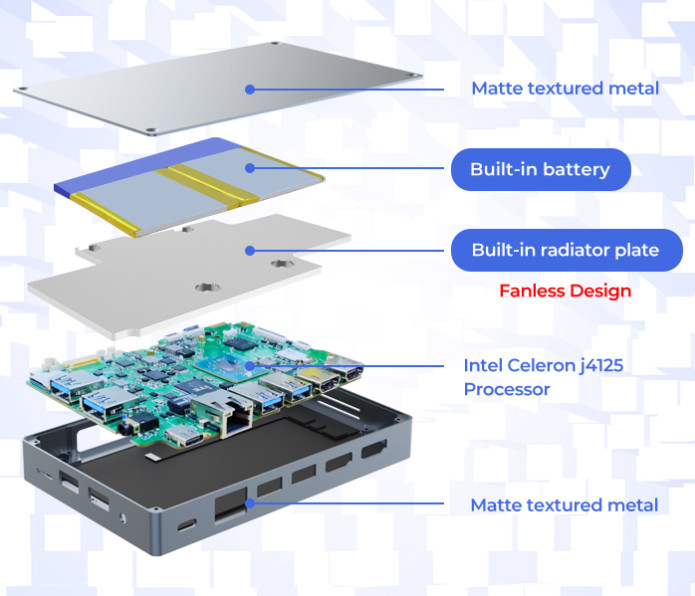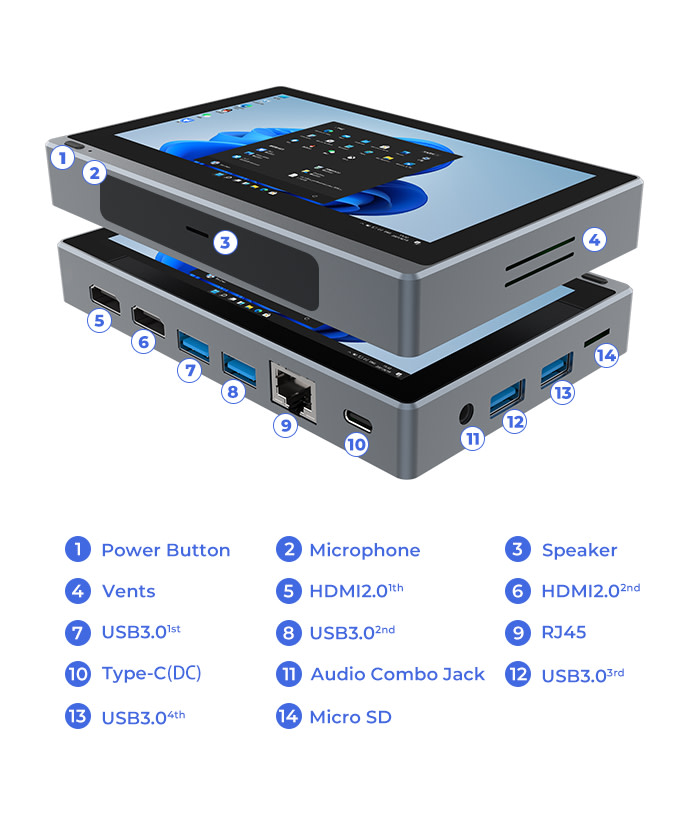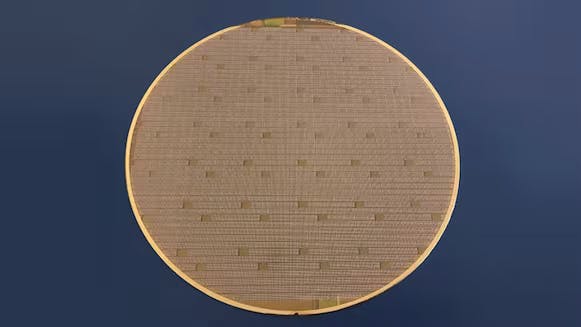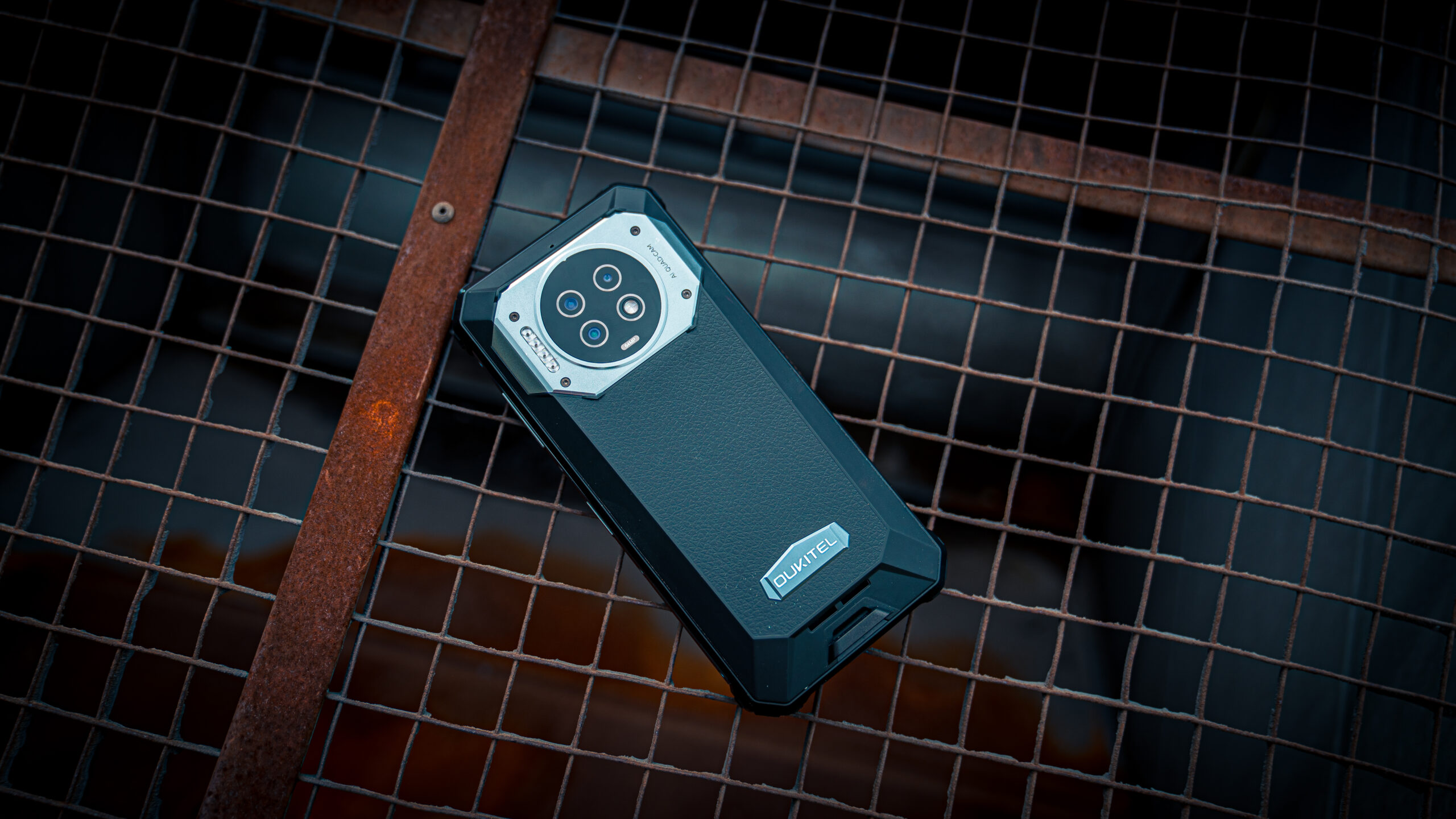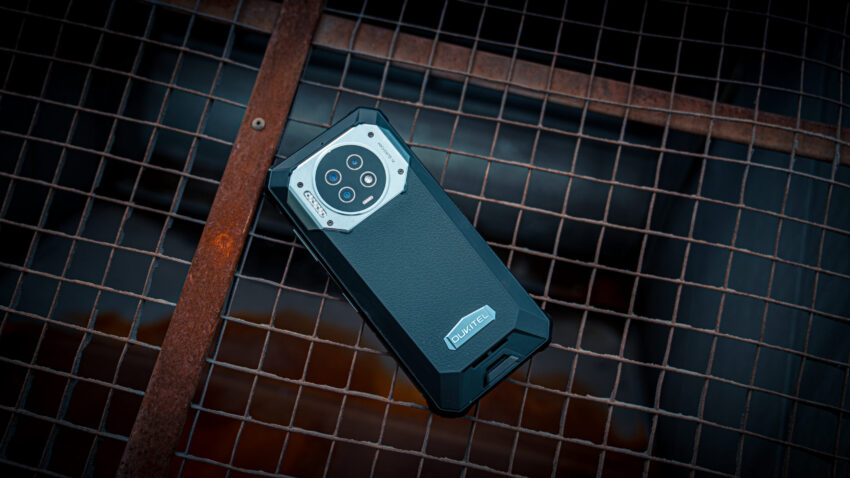Torex Semiconductor XC6810 Linear Charger IC for Li-ion Batteries comes in an ultra-small (1.17mm x 1.57mm x 0.33mm) WLP-12-01 package that is compatible with wireless charging and contact power supplies. The charging current (1mA to 25mA) provides a wide 3.8V to 4.4V charging voltage range. The XC6810 components are equipped with a shutdown function to suppress battery discharge when stored or not in use and a wake-up function using an external push button, extending the life of batteries and devices. This IC is equipped with a battery voltage monitoring function, which can directly monitor the battery voltage through a microcontroller or a low battery voltage notification function. The Torex Semiconductor XC6810 Linear Charger IC supports wireless power and energy harvester charging such as solar and wearables, hearables, or IoT devices.
Features
- WLP-12-01 (1.17mm x 1.57mm x 0.33mm) package
- Functions
- Shutdown, wake-up
- Battery voltage monitor or battery low voltage notification
- OUT line switch interlocked by UVLO, charge enable
- Battery temperature monitor
- Current path/input current limit
- Protections
- Battery over-discharge
- Output short
- Thermal control
- Reverse current
- Safty timer of charging
- UVLO
- Lead-free and RoHS compliant
Specifications
- 3.5V to 28V input range
- 3.80V to 4.40V charge voltage in 0.05V increments
- 1mA to 25mA charge current set by an external resistor
- 110mA input current limit
- 10nA typical BAT sink current at shutdown
- -40°C to 85°C operating ambient temperature range
Application Diagram
more information: https://www.torexsemi.com/products/battery-charge-ics/series/?name=xc6810


